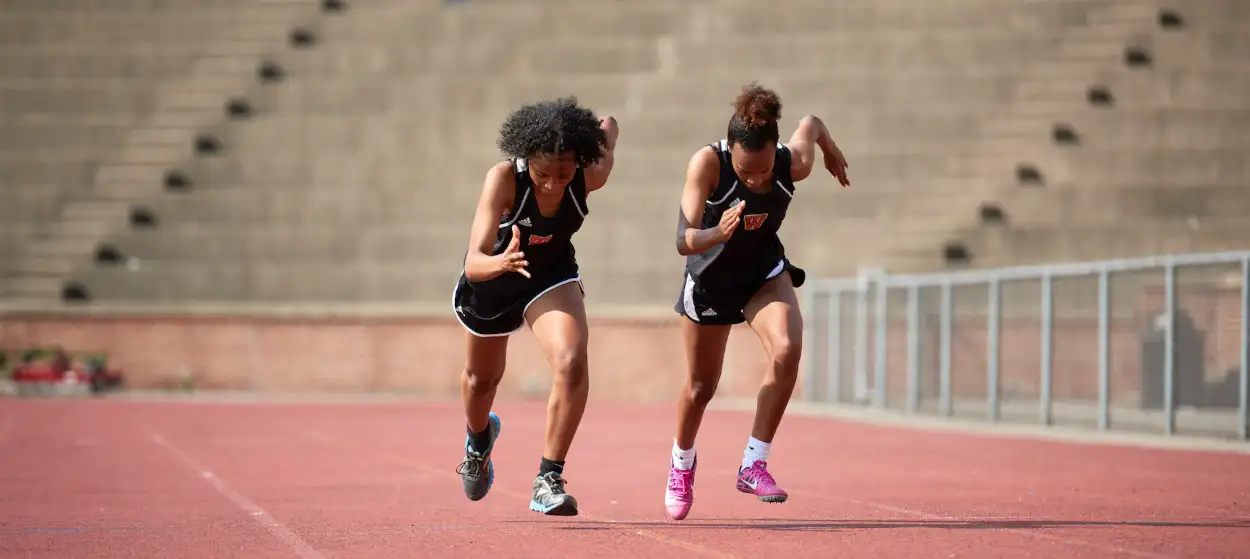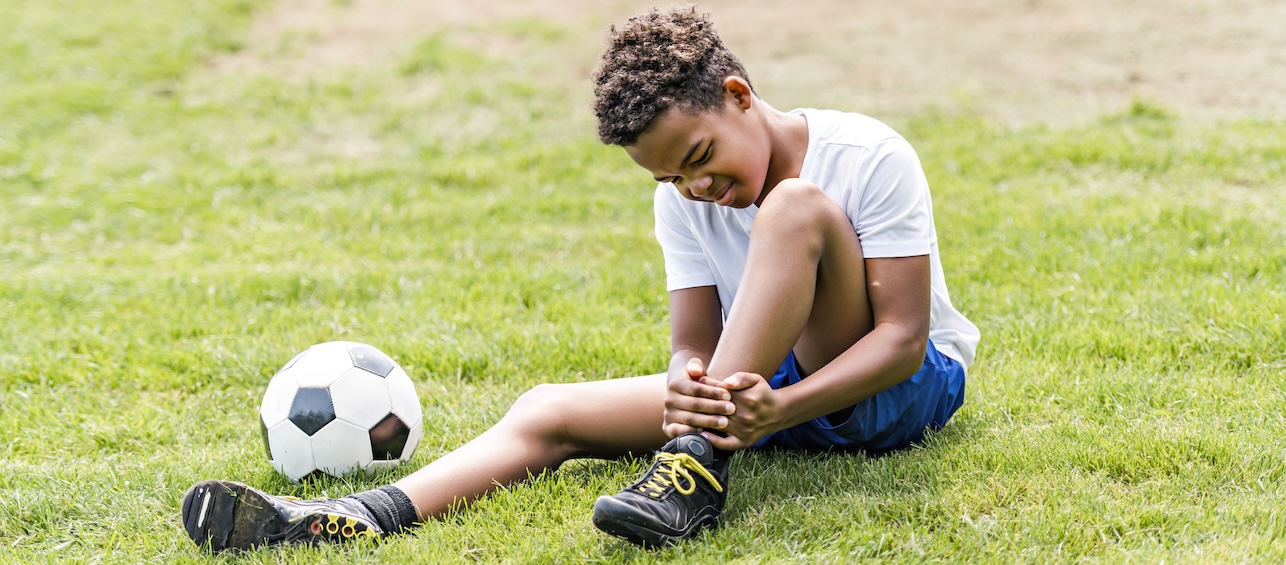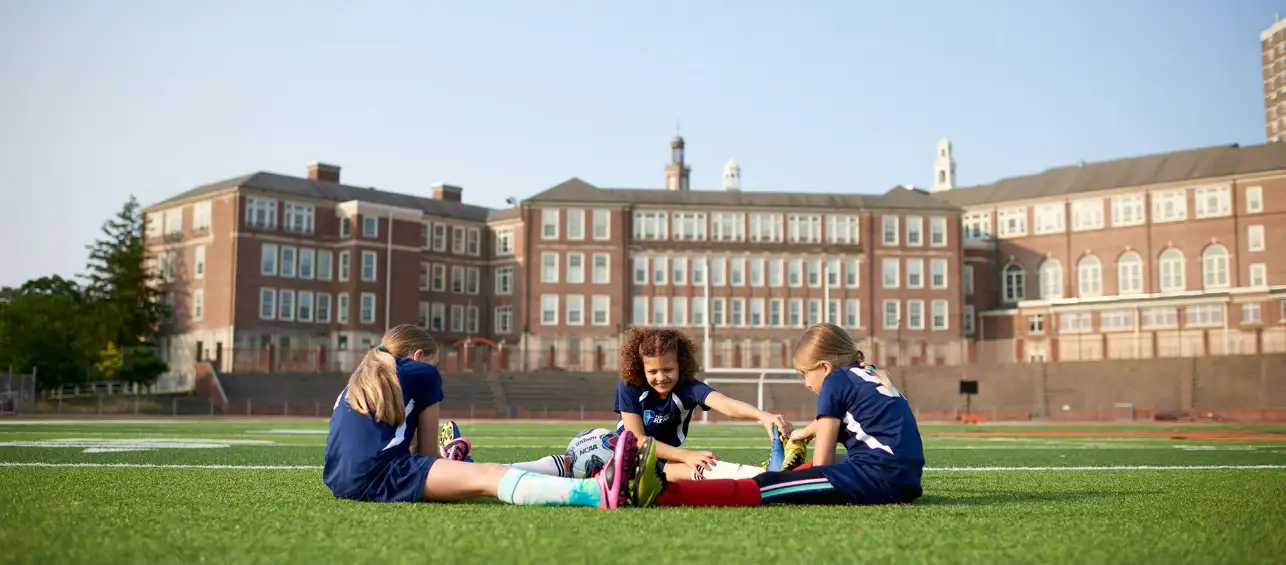Whether your teen is a natural-born runner or happened upon it later, there’s no denying that interest in running sports, such as cross country and track, have increased over the last couple of decades. Naturally with that piqued interest comes injuries, and parents often wonder why they happen and how they can be prevented.
There are some factors that put teens at more of a risk for running injuries than adults. As a physical therapist, I’d like to share some of these so that families can be aware of them and know what to do when they happen.
3 Factors that Put Teens At Higher Risk for Running Injuries
1. Having Active Growth Plates
Because most teens still have active growth plates, they are at risk for injuring them. Aside from a fall, runners can injure their growth plates by overtraining. Growth plates are the soft cartilage at the end of bones that lengthen to allow kids to reach their full height. In teens, several tendons around the hip, knee, and ankle insert onto these growth plates. During periods of high running activity, the strain of repetitive muscle contractions places stress on these growth plates. This can lead to overuse injuries at these locations. To reduce the risk of injury, teens should gradually increase their training, take 1-2 days off of running per week, get 8-10 hours of sleep per night, engage in cross training activities such as supervised weightlifting, and ensure their nutritional needs are being met.
2. Improper Training
There is a simple principle to training: avoid running too much, too fast, too soon. The rule of the “toos” is that we need to allow enough time for our bodies to acclimate to the rigors of running. This is especially true for teens. Unlike adults, most teens are growing. This requires tremendous energy. Running long distances also requires energy to adequately fuel the body. Teens who start running too much, too fast, or too soon are at risk of overuse injuries because their bodies do not have enough time or enough energy to fully adapt to the stressors of running. To reduce the risk of injury, teens should gradually increase their training over a long period of time. For runners who have low training volumes (less than 10 miles/week), it is generally ok to increase your training by 15-20% per week. For runners who have higher training volumes (greater than 30 miles/week), it is generally ok to increase your training by no more than 10% per week.
3. Continuing to Run Through Pain
For teens, having pain and continuing to run through it puts them at greater risk for an injury. It’s not normal to have significant pain (greater than a 4/10 on a 0-10 scale) while running, and it often does not simply go away on its own.
Many teens won’t tell their coaches or parents about the pain until it interferes with their training. Typically, they’re at the point where they either can’t run at all or it hurts an awful lot when they run.
It’s important for teens to communicate with their coaches and parents so that they can determine together if rest or medical help is necessary. Early collaboration is key. If we can catch an injury early on, we can treat it quickly and minimize the impact of it. The athlete may even be able to keep running while we concurrently treat it.
What to Do When Your Runner is in Pain
If you’ve determined that your runner needs medical attention, I recommend seeking out care where both a medical doctor and physical therapist work together in the same clinic. At our runner’s clinic, runners will receive a medical diagnosis, physical therapy diagnosis, and a joint plan of care, which may include guidance on training and home exercises. Having both providers in the same place allows for everyone to be on the same page and nothing is lost in translation.
When your runner is healthy, we also offer 3D running gait analysis software as a part of physical therapy to help us identify running gait faults. In addition to analyzing their running gait pattern, we use the information from their analysis to recommend exercises, stretches, gait retraining tips, running shoes and orthotic recommendations, to ultimately help prevent and reduce the risk of future injuries.
At Cincinnati Children’s, we like to take the long view, as having an injury increases the risk of getting another injury later in life. We do everything we can to help teens continue running for the rest of their lives.
A Note About Recovery
It’s important to note that overall health is imperative to recovery from an injury. When teens are sleeping, eating, and hydrating well, as well as continuing their social outlets with friends and family, they recover faster. Alternatively, when they burn the candles at both ends, don’t get enough sleep and don’t eat well, injury recovery can be hampered.






